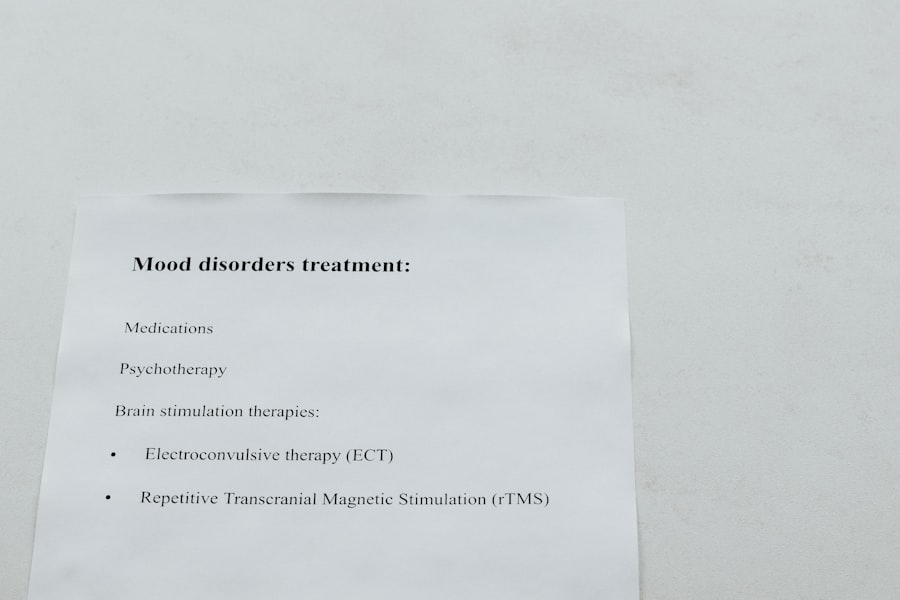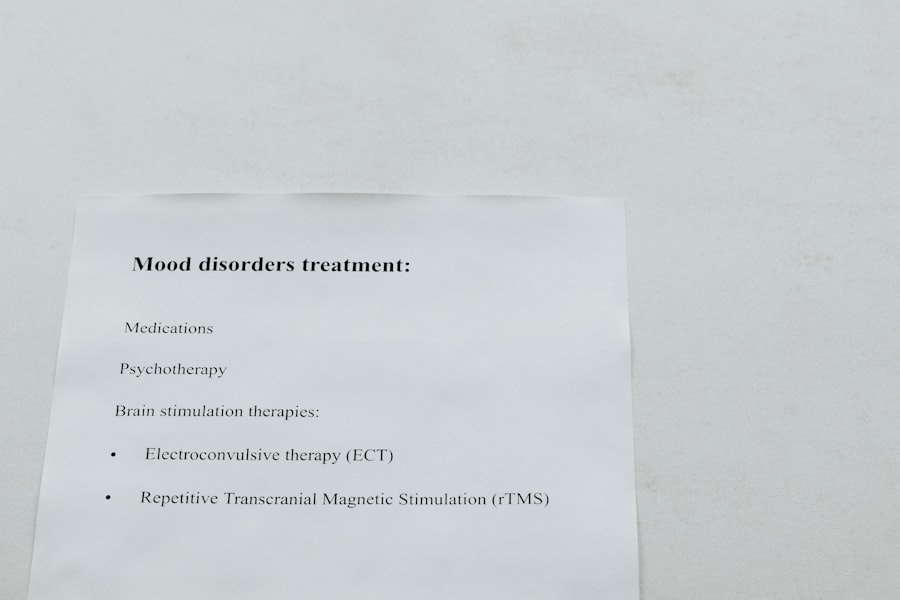Preclinical studies serve as a critical foundation in the drug development process, acting as the bridge between basic scientific research and clinical application. These studies are primarily conducted in vitro (in the lab) and in vivo (in living organisms) to evaluate the safety, efficacy, and pharmacokinetics of potential therapeutic agents before they are tested in humans. The preclinical phase is essential for identifying promising drug candidates and determining their viability for further development.
It encompasses a variety of experimental approaches, including cellular assays, animal models, and toxicological assessments, all aimed at gathering comprehensive data that informs subsequent clinical trials. The significance of preclinical studies cannot be overstated; they not only help in understanding the biological mechanisms of action of new drugs but also play a pivotal role in regulatory submissions. Regulatory agencies such as the U.S.
Food and Drug Administration (FDA) require extensive preclinical data to ensure that any new drug is safe for human testing. This phase is characterized by rigorous experimentation and analysis, which ultimately shapes the trajectory of drug development. By identifying potential risks and therapeutic benefits early on, preclinical studies help streamline the drug development process, potentially saving time and resources in the long run.
Key Takeaways
- Preclinical studies are essential for evaluating drug safety and efficacy before human trials.
- They provide critical insights that guide the development of promising new therapies.
- Challenges include limitations in model accuracy and translating results to clinical settings.
- Successful translation from preclinical to clinical trials is key for therapeutic advancement.
- Future research aims to improve models and methodologies to enhance drug development outcomes.
Understanding the Role of Preclinical Studies in Drug Development
Preclinical studies are integral to the drug development pipeline, serving multiple purposes that extend beyond mere safety assessments. One of their primary roles is to elucidate the pharmacodynamics and pharmacokinetics of a drug candidate. Pharmacodynamics refers to how a drug affects an organism, while pharmacokinetics deals with how the body absorbs, distributes, metabolizes, and excretes the drug.
Through various experimental models, researchers can determine optimal dosing regimens, potential side effects, and interactions with other medications. This information is crucial for designing effective clinical trials that can accurately assess a drug’s therapeutic potential in humans. Moreover, preclinical studies provide insights into the biological mechanisms underlying diseases, which can inform the development of targeted therapies.
For instance, in cancer research, preclinical models are used to study tumor biology and the tumor microenvironment, allowing researchers to identify specific molecular targets for intervention. By utilizing genetically engineered mouse models or patient-derived xenografts, scientists can simulate human disease conditions more accurately than traditional cell culture systems. This approach not only enhances the relevance of findings but also aids in the identification of biomarkers that can predict patient responses to treatment.
Promising Therapies Under Investigation

The landscape of drug development is continually evolving, with numerous promising therapies currently under investigation in preclinical studies. One notable area of focus is immunotherapy, particularly in oncology. Researchers are exploring various strategies to harness the immune system’s power to combat cancer cells more effectively.
For example, monoclonal antibodies targeting immune checkpoints such as PD-1 and CTLA-4 have shown remarkable efficacy in preclinical models of melanoma and lung cancer. These studies have paved the way for clinical trials that have transformed treatment paradigms for patients with advanced malignancies. Another exciting avenue is gene therapy, which aims to correct genetic disorders at their source by delivering therapeutic genes directly into patients’ cells.
Preclinical studies involving CRISPR-Cas9 technology have demonstrated its potential to edit genes associated with conditions like sickle cell disease and muscular dystrophy. In these studies, researchers have successfully corrected mutations in animal models, leading to significant improvements in disease symptoms. The promise of gene therapy lies not only in its ability to treat existing conditions but also in its potential for preventive applications, where genetic modifications could avert diseases before they manifest.
Insights from Preclinical Studies
| Metric | Description | Value | Unit | Notes |
|---|---|---|---|---|
| Drug Efficacy | Percentage reduction in disease markers | 75 | % | Measured in animal models over 4 weeks |
| Toxicity Level | Maximum tolerated dose without adverse effects | 50 | mg/kg | Determined via dose escalation study |
| Bioavailability | Fraction of administered dose reaching systemic circulation | 65 | % | Oral administration in rodent models |
| Half-life | Time taken for plasma concentration to reduce by half | 8 | hours | Measured in plasma samples post administration |
| Target Engagement | Percentage of target receptor occupancy | 85 | % | Assessed via receptor binding assays |
| Immunogenicity | Incidence of immune response in test subjects | 5 | % | Low immunogenicity observed in preclinical models |
Preclinical studies yield a wealth of insights that are crucial for advancing therapeutic development. One significant aspect is the identification of dose-response relationships, which help determine the optimal concentration of a drug that maximizes efficacy while minimizing toxicity. For instance, in preclinical trials involving non-steroidal anti-inflammatory drugs (NSAIDs), researchers have established dose-response curves that inform clinical dosing strategies.
These insights are vital for ensuring that patients receive effective treatment without experiencing adverse effects. Additionally, preclinical studies often reveal important information about the pharmacogenomics of drug candidates—how genetic variations among individuals can influence their responses to medications. By utilizing diverse animal models or humanized mice that carry specific genetic traits, researchers can assess how different genotypes affect drug metabolism and efficacy.
This knowledge is particularly relevant in personalized medicine, where treatments can be tailored based on an individual’s genetic makeup. Such insights not only enhance our understanding of drug action but also guide the design of more effective clinical trials that consider patient heterogeneity.
Challenges and Limitations of Preclinical Studies
Despite their critical role in drug development, preclinical studies face several challenges and limitations that can impact their effectiveness. One major issue is the translational gap between animal models and human physiology. While animal models provide valuable insights into disease mechanisms and treatment responses, they do not always accurately replicate human biology.
For example, certain drugs may exhibit promising results in rodent models but fail to demonstrate similar efficacy in human trials due to differences in metabolism or immune response. This discrepancy highlights the need for improved model systems that better mimic human conditions. Another challenge lies in the ethical considerations surrounding animal research.
As public awareness of animal welfare issues grows, there is increasing pressure on researchers to minimize animal use and seek alternative methods wherever possible. This has led to the development of advanced technologies such as organ-on-a-chip systems and 3D bioprinting, which aim to reduce reliance on animal models while still providing relevant biological data. However, these alternatives are still in their infancy and may not yet fully replace traditional preclinical approaches.
Translating Preclinical Findings to Clinical Trials

The transition from preclinical studies to clinical trials is a critical juncture in drug development that requires careful consideration and planning. Successful translation hinges on the robustness of preclinical data; findings must be compelling enough to justify moving forward into human testing. Regulatory agencies often scrutinize preclinical results to ensure that they meet safety and efficacy standards before granting approval for clinical trials.
This process necessitates a thorough understanding of both the scientific data and regulatory requirements. Moreover, effective communication between researchers and regulatory bodies is essential during this transition phase. Researchers must present their findings clearly and convincingly while addressing any potential concerns regarding safety or efficacy.
This often involves preparing detailed documentation that outlines study methodologies, results, and proposed clinical trial designs. Additionally, engaging with stakeholders—including clinicians, patients, and advocacy groups—can provide valuable insights into patient needs and preferences, ultimately guiding trial design and recruitment strategies.
Future Directions in Preclinical Research
As the field of preclinical research continues to evolve, several promising directions are emerging that could enhance its impact on therapeutic development. One such direction is the integration of artificial intelligence (AI) and machine learning into preclinical studies. These technologies can analyze vast datasets generated from experiments to identify patterns and predict outcomes more efficiently than traditional methods.
For instance, AI algorithms can sift through genomic data to identify potential drug targets or predict patient responses based on genetic profiles. This capability could significantly accelerate the discovery process and improve the success rate of translating findings into clinical applications. Another exciting avenue is the increasing emphasis on personalized medicine within preclinical research.
As our understanding of genetic variability expands, researchers are focusing on developing therapies tailored to specific patient populations based on their genetic makeup or disease characteristics. This approach not only enhances treatment efficacy but also minimizes adverse effects by ensuring that patients receive therapies most likely to benefit them. The incorporation of patient-derived models—such as organoids or patient-derived xenografts—into preclinical studies allows for more accurate predictions of how individual patients will respond to treatment.
Implications for the Future of Therapeutic Development
The implications of advancements in preclinical research are profound for the future of therapeutic development. As we refine our understanding of disease mechanisms and improve our experimental methodologies, we stand poised to revolutionize how new therapies are discovered and developed. The integration of cutting-edge technologies such as AI and personalized medicine will likely lead to more efficient drug development processes that prioritize patient safety and efficacy.
Furthermore, as ethical considerations continue to shape research practices, there will be an ongoing push towards developing alternative methods that reduce reliance on animal testing while still providing relevant biological insights. The future landscape of preclinical research promises not only to enhance our ability to develop effective therapies but also to foster a more ethical approach to scientific inquiry that respects both human health and animal welfare. As we move forward, it will be essential for researchers, regulatory bodies, and stakeholders to collaborate closely to ensure that preclinical findings translate effectively into meaningful clinical outcomes for patients worldwide.




